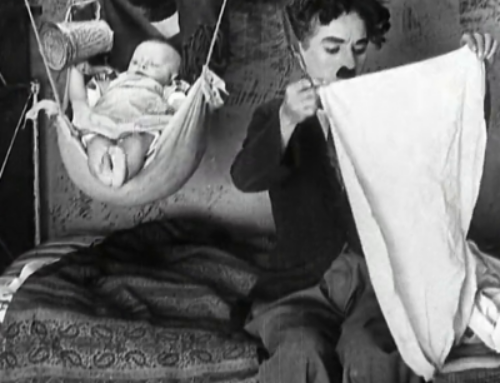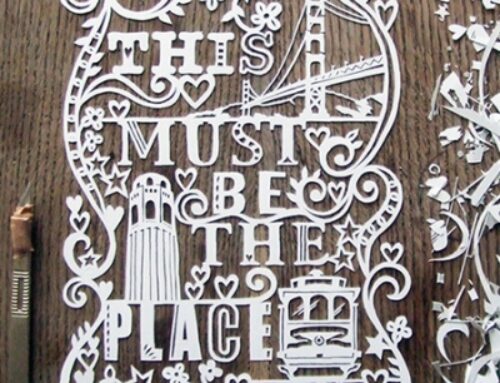Can the recognition of Landscape be assumed in a fundamental political role, one of support and communication for political decisions and affiliations, a role hitherto reserved for Culture as a whole, but little practised? Perhaps so. But on condition that this role for Landscape is recognised by the institutional machine itself, and is freed from a traditional representation, which relegates it to being seen as one of a thousand cultural specialisms.
While waiting for the Landscape Charter, which is maturing in the heart of the Mibact and will be exhibited on 14 March on the occasion of the second Landscape Day, we can take stock of the theme of Landscape as an aspect that is finally considered non-marginal by those who administer Culture in Italy.
There is no doubt that the assignment of one of the two or three undersecretariats to the theme of Landscape, and the choice of a figure of the calibre of Ilaria Borletti Buitoni to animate it, represent significant novelties in the overall strategy of the Mibact.
Perhaps more relevant than the Minister himself supposed and than what appears in the chronicles, which are only sensitive to sensational events and personalities, which on the other hand are practically absent on this issue, if we exclude the recurring scandals of unforgivable disgraces to places that are symbols of our beauty.
It is not all the credit (or the fault) of those who govern if people are beginning to talk about the landscape even outside the group of insiders: it is a mood that is spreading, at least among those who have culture as their daily bread. In five years, very rarely in the limelight, the theme of landscape quality has crept into the categories of judging the appropriateness of a transformation, among the aspects to be considered in urban and territorial marketing, among the values to be counted in local development programmes.
But there is more: in recent years the landscape has left the list of ‘cultural goods’ and entered the list of ‘political goods’ through the main door, that of ‘common goods’.
The fear and anger of communities fearing the loss of ‘their’ landscape becomes an unforeseen engine of local resistance and ‘off-market’ living projects. The anti-TV and green economy start-ups, the leghist intolerance and the thousands of voluntary actions to re-inhabit abandoned buildings and territories are just the disparate examples of socio-political formations that cannot be explained without understanding the new identity recognition assigned to places and the activities linked to them. It is a countercurrent trend that restores collective sense to a personal feeling: the shared landscape is a common good on which powers of thought and action that had been lost in times of driven individualism are founded.
The sense of Landscape is to perceive as one’s own a consolidated form of living, which one lives every day or is firmly rooted in one’s memory and allows one to think of oneself within a long history, within a framework that gives dignity to one’s projects and one’s feelings. The sense of Landscape configures us as part of a whole that gives us strength and confidence, and allows us to offer places and activities to outsiders (whether tourists or migrants) as a form of generous hospitality and openness to a collaboration to seize opportunities for a better overall quality. This makes us attractive and welcome.
But isn’t this power, this belonging to a long history and con-sentient communities, what should drive Culture as a whole? Is it not its political role? Isn’t it what we should learn with our mother’s milk and then as we grow up through pastas, songs, artists, churches, castles and squares and marinas and vineyards?
Certainly, one might say, we live in a fortunate country, which at every step tells a splendid and fascinating story about itself. Certainly in these parts, culture, which comes from the land, is political from the very fact of living. It goes without saying: we are people who call the place where we live a municipality… if this is not political culture….
But then how come the institutional machinery of Culture is so distant? Why is it that we have been contesting schools for decades, spending money to make museums that no one attends, neglecting or mistreating the widespread heritage?
I hazard an explanation: the institutional machinery of Culture gave itself, over 100 years ago, a prevalent and shared task of protecting and communicating a package of cultural values. Since then, those who govern have expanded the package somewhat, in relation to the emergence of new value criteria, but they have not changed the communicative instrumentation. Culture has cocooned itself in its own communicative media (the school lecture, the library, the museum, the theatre…) and, since the medium is the message, as McLuhan reveals, it now appears backward to us and presents itself as an exoskeleton resilient to every innovation and not as a propulsive organism.
On the contrary, Landscape is difficult to box in a communicative machine but is communicated intravenously, it goes straight into the blood of primary knowledge, it is given to the emotions. Landscape is common heritage not because it is taught, but because it is the place of reference for entire communities and a world of visitors in love. What should be taught, because it is missing, is the explicit recognition of the value to our lives that identity places and the activities they contain have. We should realise that Landscape recognised as a common good is Culture, indeed today it is perhaps the most politically effective cultural medium, the one that most directly influences our choices.
So, as we embark on the arduous task of renewing the communication of overall Culture, which will occupy the next few decades, why not explicitly entrust Landscape with the task of representing our reference values, of becoming the place for civil discussion? In short, why not assign Landscape the role of the main communicative medium of Culture for Politics?
Perhaps such a phenomenon is already happening, but in a contradictory and almost clandestine way. It seems that the Mibact is assigning an important place to Landscape, but almost without its knowledge.
The Landscape Charter, which will certainly propose operational strategies starting from a reflection similar to the one attempted here, was not the subject of an election campaign, but remained hidden and will appear ten days after the elections. These may completely change the structure of the country’s government, and the Charter risks being relegated to the drawer of good intentions. It seems a coincidence, but perhaps it is not. Certainly at the Ministry of Cultural Heritage and Activities every time Landscape is presented in a new role, it is immediately concealed with the same old methods: for example, on the Day of the Landscape, the most deep-rooted initiatives with innovative political weight on the territory are rewarded, and the Day itself is filled with 100 activities of the Superintendencies, well publicised and disseminated, which show Landscape in Art, bringing it back to museums and archives.
Another eloquent example: last November Borletti Buitoni convened the States General of Landscape in Rome, a titanic effort to show the political and technical relations that the theme provokes in the management of the territory and public affairs. On that occasion, an important and synoptic Report on the state of landscape policies was distributed, another titanic effort to present a documented and commented presentation of great operational complexity.
The Report, of almost 500 dense pages, by smart economy was distributed on a USB stick. Obviously few will have opened it, even fewer will have read it. On the other hand, the Report is there on the web but cannot be found: like so many treasures of the Mibact it is hidden in the deep web
(https://box.beniculturali.it/index.php/s/zWcOENcfGq6vX1f#pdfviewer ).
But if one opens the Report and goes looking for it, hidden among tables and presentations, one finds a fine article by Franco Farinelli, as a member of the National Observatory for Landscape Quality, which concludes as best one can:
The certainty remains (…) that only from the preliminary adherence to a general and conscious model of the world can a political choice descend that is, if not always practicable, at least plausible: that is to say, potentially shareable by the community. As if to say, in the end, that it is precisely in function of the outcome of the questions relating to the landscape and its arrangements that not only the next form of politics will be decided, but first and foremost the next form of Politics.
Perhaps Franceschini does not even know him, but he certainly deserves credit for having given space to this theme, to these people, to this perspective, on which we are all working, finally aware, whether it is sunny or rainy and windy.




